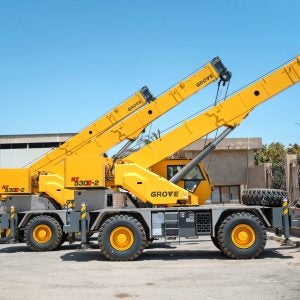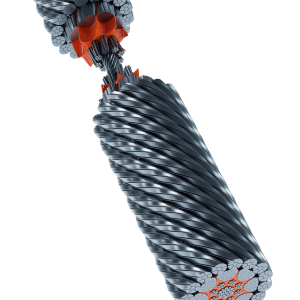Potain has revised the way that it calculates crane stability in a bid to prevent a repeat of the events of December 1999 when two storms in France caused 18 of its tower cranes to topple over.
While calculations for cranes in regions or countries with a low wind velocity profile will continue to be produced in the same way, the calculation conditions have been changed for Potain cranes in regions which are exposed to wind.
From now on, maximum free-standing height and basic ballast will be determined by: • an average reference wind observed over a 50 year period • variable wind velocities from 170kmh to 180kmh for the heights which concern Potain • an increased safety coefficient.
Potain said that cranes for which calcultaions are made in this way would be more stable in extreme wind than those put together using any of the other European standards, including NF, FEM or DIN.
However even with these new measures, conditions specific to each construction site must still be accounted for, Potain said, as must local rules or customs, such as France’s CRAM R373 recommendation.
Potain also revealed that, along with several construction companies, it has begun research and wind tunnel tests to improve its understanding of how the wind acts on different sites, “and more specifically the effects which adversely affect weather-vaning operations”.
The company stated: “The new measures we will undertake will enable us to noticeably increase the security [safety] of our cranes on construction sites. This is a real priority for us.”






